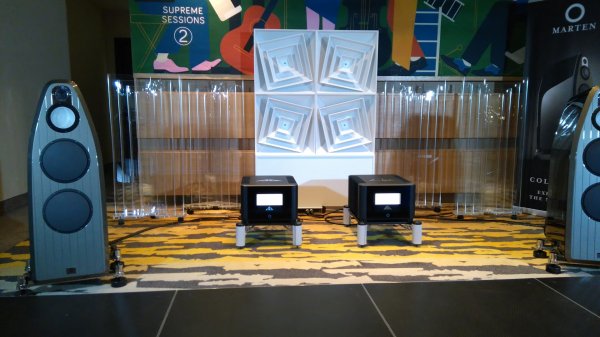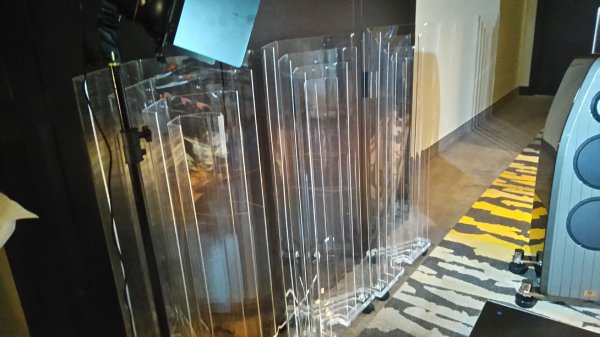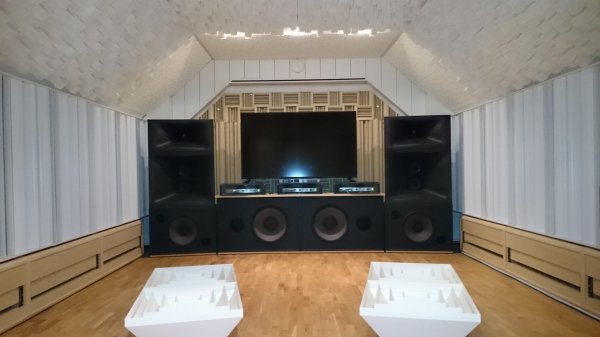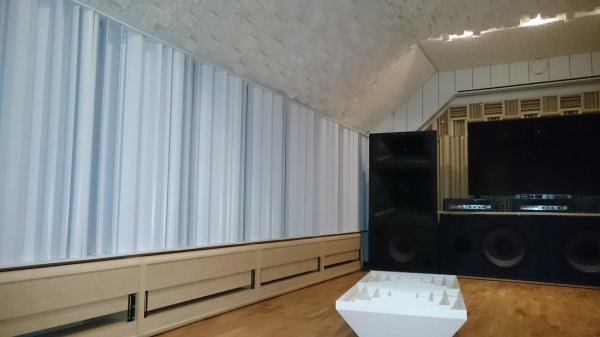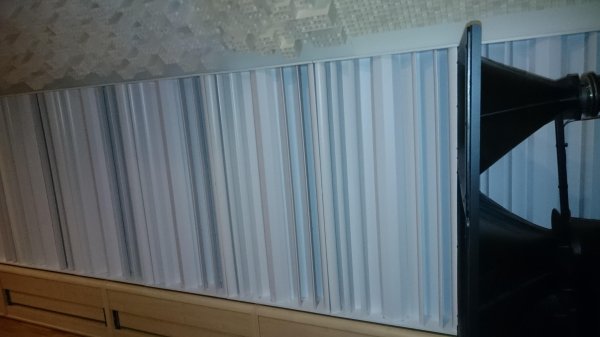I have both seen them and heard the result in many rooms. And after that I've even more convinced that they are not diffusers but simple scattering units without an even distribution and where the result is frequencies that sticks out in a negative way. That's what both I'm hearing and my friends who have also been in room with these products. Neither of them had any bias or knew anything about the products before they walked into the rooms but commented the same thing. I don't know if I've ever heard so many high gain specular reflections from a setup with so much treatment as the one below. The opposite would be the case if the treatment worked properly.
View attachment 26191
View attachment 26190
The idea that the sound will pass into the tunnels and distribute frequencies in an evenly way, which is required for it to be called a diffuser, is dubious. What you get here is probably a little delay only for certain frequencies and also high gain reflections from the surface of the unit. Many of the higher frequencies will hit the surface directly causing both specular reflections and diffraction.
Sorry, but I don't believe these products are proper acoustic products. And while I understand people would question me since I'm a retailer of RPG products I can honestly say I wouldn't have a problem recommending them if I knew they were well designed products. SMT can prove me wrong by offering real measurements of the products, following the standards in the industry.


